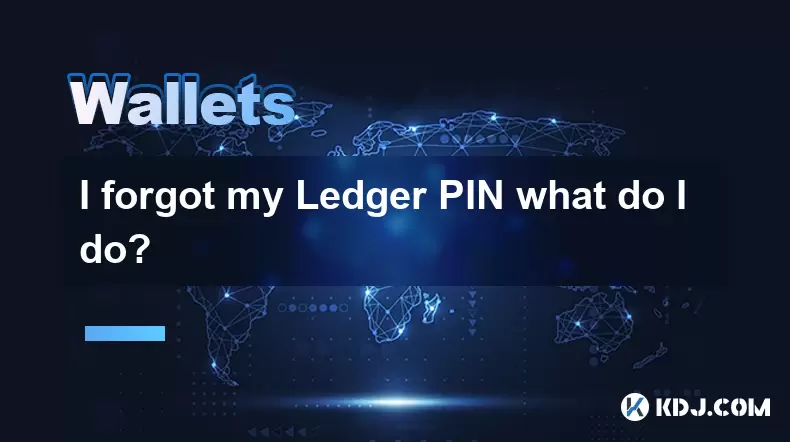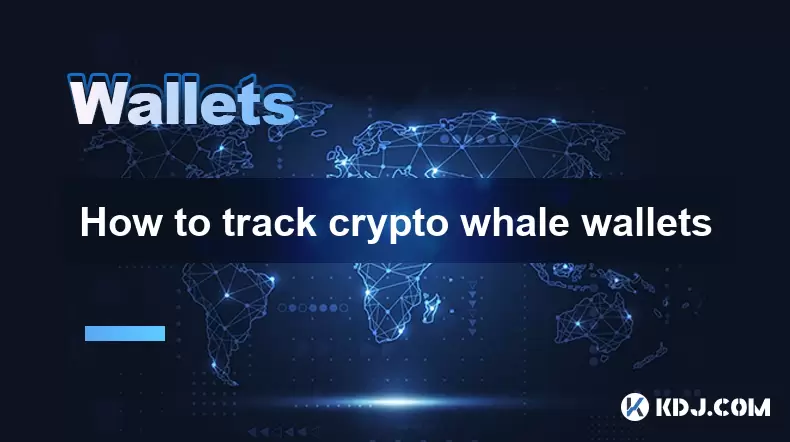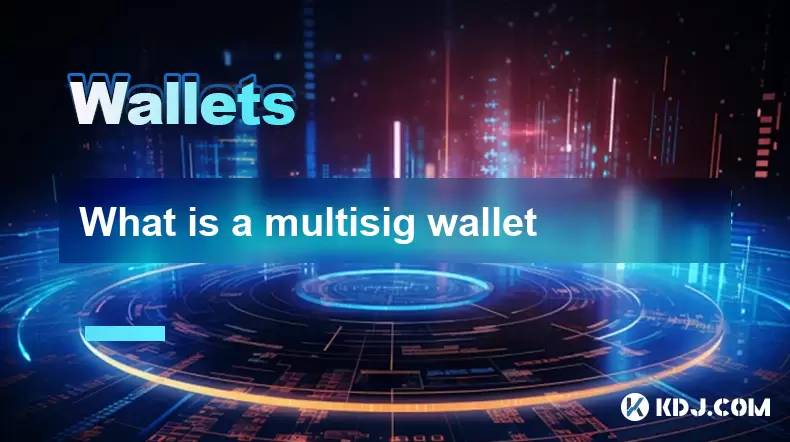-
 Bitcoin
Bitcoin $118,209.3536
1.16% -
 Ethereum
Ethereum $3,151.7546
5.98% -
 XRP
XRP $2.9277
2.35% -
 Tether USDt
Tether USDt $1.0000
0.00% -
 BNB
BNB $689.7099
1.26% -
 Solana
Solana $163.4270
1.91% -
 USDC
USDC $1.0000
0.02% -
 Dogecoin
Dogecoin $0.1983
3.74% -
 TRON
TRON $0.3008
0.51% -
 Cardano
Cardano $0.7435
2.86% -
 Hyperliquid
Hyperliquid $47.6547
-0.48% -
 Stellar
Stellar $0.4625
2.79% -
 Sui
Sui $3.9921
2.71% -
 Chainlink
Chainlink $16.0608
4.23% -
 Hedera
Hedera $0.2348
1.56% -
 Bitcoin Cash
Bitcoin Cash $496.6985
1.25% -
 Avalanche
Avalanche $21.9038
5.41% -
 UNUS SED LEO
UNUS SED LEO $8.8356
-1.88% -
 Shiba Inu
Shiba Inu $0.0...01364
5.31% -
 Toncoin
Toncoin $3.1102
4.35% -
 Litecoin
Litecoin $95.9756
3.59% -
 Polkadot
Polkadot $4.0925
5.78% -
 Monero
Monero $333.7622
-1.44% -
 Uniswap
Uniswap $9.1968
2.25% -
 Bitget Token
Bitget Token $4.6378
6.23% -
 Pepe
Pepe $0.0...01282
6.77% -
 Dai
Dai $1.0002
0.03% -
 Ethena USDe
Ethena USDe $1.0005
0.00% -
 Aave
Aave $329.9143
4.49% -
 Bittensor
Bittensor $441.4995
6.89%
I forgot my Ledger PIN what do I do?
If you forget your Ledger PIN, your 24-word recovery phrase is essential to restore access to your wallet and funds.
Jul 09, 2025 at 08:42 am

Understanding the Importance of Your Ledger PIN
Your Ledger PIN is a critical layer of security for your cryptocurrency wallet. It acts as the first defense against unauthorized access to your device and, by extension, your digital assets. Unlike software wallets, hardware wallets like Ledger Nano S or Ledger Nano X store your private keys offline, making them less vulnerable to online threats. However, if you forget your Ledger PIN, accessing your funds becomes impossible without proper recovery steps.
It's important to note that the PIN is not stored anywhere on the device in plaintext form. This means neither Ledger nor any third party can retrieve it for you. The PIN serves as a gatekeeper, and after several incorrect attempts, the device will wipe itself to protect your data.
Steps to Take If You Forgot Your Ledger PIN
If you're unable to recall your Ledger PIN, follow these steps carefully:
- Do not attempt random guesses: Entering an incorrect PIN more than three times will trigger the self-destruct mechanism on your Ledger device.
- Check if you have your 24-word recovery phrase: This is essential for restoring access to your wallet on a new device.
- Prepare a new Ledger device: If your current device has been locked due to multiple failed attempts, you'll need a new one to restore your wallet using the recovery phrase.
The key takeaway here is that your 24-word recovery phrase is your ultimate backup. As long as you have this written down securely, you can recover your funds even if your PIN is lost.
How to Restore Your Wallet Using the Recovery Phrase
To regain access to your funds, you’ll need to reset your Ledger device and restore your wallet using the recovery phrase. Here’s how:
- Unbox a new Ledger device: Ensure it’s genuine and sealed.
- Start the setup process: When prompted during initial setup, choose "Restore from recovery phrase."
- Enter your 24-word recovery phrase: Input each word carefully in the correct order.
- Set a new PIN: Choose something memorable but not easily guessable.
- Reinstall apps and reconnect to wallet services: Once restored, your funds should reappear in your associated wallet apps (e.g., Ledger Live, MetaMask, etc.).
This method works because the recovery phrase contains all the cryptographic information needed to regenerate your wallet, including your private keys. The PIN is merely a local lock on the device and does not affect the underlying wallet structure.
What Happens If You Don’t Have the Recovery Phrase?
If you forgot both your Ledger PIN and your recovery phrase, the situation becomes dire. Without the recovery phrase, there is no way to regain access to your wallet. This is by design — the decentralized nature of cryptocurrencies means there is no central authority to appeal to for help.
In such cases:
- No support team can assist: Even Ledger cannot recover your wallet without the recovery phrase.
- Third-party tools are ineffective: Many fraudulent services claim they can help recover lost crypto, but they typically offer scams or phishing attempts.
- You may lose access permanently: Any funds tied to that wallet become inaccessible forever.
It underscores the importance of securely storing your recovery phrase in multiple safe locations and never sharing it with anyone.
Preventing Future Issues: Best Practices for PIN and Recovery Management
To avoid repeating the issue of forgetting your Ledger PIN, consider adopting these practices:
- Use a password manager: Store your PIN and recovery phrase securely, though many experts advise writing them down physically instead of digitally.
- Create a memorable but secure PIN: Avoid common sequences like 0000, 1234, or birthdates. Consider using a combination that only makes sense to you.
- Store your recovery phrase in a fireproof and waterproof location: Physical backups are often safer than digital ones.
- Avoid taking photos or screenshots of your recovery phrase: These can be compromised if your phone or computer is hacked.
- Consider using a passphrase for added security: A passphrase adds an extra layer beyond the recovery phrase, but it must also be remembered.
By following these guidelines, you significantly reduce the chances of losing access to your wallet again.
Frequently Asked Questions
Can I reset my Ledger PIN without the recovery phrase?
No, the recovery phrase is essential for resetting your device. Without it, your wallet cannot be recovered.
Is there a way to retrieve my PIN through Ledger Live or another app?
No, your PIN is stored locally on the device and is not accessible via Ledger Live or any other application.
Can a hacker help me recover my PIN or recovery phrase?
Absolutely not. Anyone claiming they can recover your wallet without the recovery phrase is likely attempting to scam or phish you.
Does Ledger keep a copy of my PIN or recovery phrase?
No, Ledger does not store your PIN or recovery phrase. Everything is handled locally on your device for security reasons.
Disclaimer:info@kdj.com
The information provided is not trading advice. kdj.com does not assume any responsibility for any investments made based on the information provided in this article. Cryptocurrencies are highly volatile and it is highly recommended that you invest with caution after thorough research!
If you believe that the content used on this website infringes your copyright, please contact us immediately (info@kdj.com) and we will delete it promptly.
- Eclipse Airdrop and Token Supply: Navigating the Crypto Landscape
- 2025-07-16 18:50:13
- Solana Price, Zebec Network, and Remittix: Decoding the Crypto Signals
- 2025-07-16 18:30:13
- Crypto Picks & Altcoin Breakout: August's Hottest Trends
- 2025-07-16 18:30:13
- XLM Stellar Analyst Prediction: Is a $10 Target on the Horizon?
- 2025-07-16 19:10:12
- Dubai, Ripple, and Tokenization: A New Era for Real Estate
- 2025-07-16 18:50:13
- Unilabs Finance (UNIL): Primed for a Massive 2025 Launch?
- 2025-07-16 19:15:12
Related knowledge

What is a hardware wallet's secure element
Jul 11,2025 at 10:14pm
What is a Hardware Wallet's Secure Element?A hardware wallet is one of the most secure ways to store cryptocurrencies. Unlike software wallets, which ...

How to track crypto whale wallets
Jul 16,2025 at 10:00am
What Are Crypto Whale Wallets?Crypto whale wallets refer to large cryptocurrency holdings controlled by individuals or entities that have the potentia...

What is the difference between a custodial and non-custodial wallet
Jul 13,2025 at 03:21am
Understanding Wallet Types in CryptocurrencyIn the world of cryptocurrency, digital wallets play a crucial role in managing and securing assets. A wal...

What is a multisig wallet
Jul 16,2025 at 01:42am
Understanding the Concept of a Multisig WalletA multisignature (multisig) wallet is a type of cryptocurrency wallet that requires more than one privat...

How to add a new network to MetaMask
Jul 11,2025 at 11:42pm
Understanding the Need to Add a New NetworkWhen using MetaMask, a popular Ethereum-based cryptocurrency wallet, users often need to interact with diff...

How to add Ethereum L2 networks like Arbitrum to Trezor
Jul 11,2025 at 12:36am
What Is Ethereum L2 and Why Add It to Trezor?Ethereum Layer 2 (L2) networks, such as Arbitrum, are scaling solutions designed to reduce congestion on ...

What is a hardware wallet's secure element
Jul 11,2025 at 10:14pm
What is a Hardware Wallet's Secure Element?A hardware wallet is one of the most secure ways to store cryptocurrencies. Unlike software wallets, which ...

How to track crypto whale wallets
Jul 16,2025 at 10:00am
What Are Crypto Whale Wallets?Crypto whale wallets refer to large cryptocurrency holdings controlled by individuals or entities that have the potentia...

What is the difference between a custodial and non-custodial wallet
Jul 13,2025 at 03:21am
Understanding Wallet Types in CryptocurrencyIn the world of cryptocurrency, digital wallets play a crucial role in managing and securing assets. A wal...

What is a multisig wallet
Jul 16,2025 at 01:42am
Understanding the Concept of a Multisig WalletA multisignature (multisig) wallet is a type of cryptocurrency wallet that requires more than one privat...

How to add a new network to MetaMask
Jul 11,2025 at 11:42pm
Understanding the Need to Add a New NetworkWhen using MetaMask, a popular Ethereum-based cryptocurrency wallet, users often need to interact with diff...

How to add Ethereum L2 networks like Arbitrum to Trezor
Jul 11,2025 at 12:36am
What Is Ethereum L2 and Why Add It to Trezor?Ethereum Layer 2 (L2) networks, such as Arbitrum, are scaling solutions designed to reduce congestion on ...
See all articles

























































































